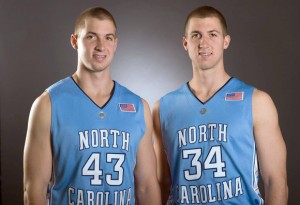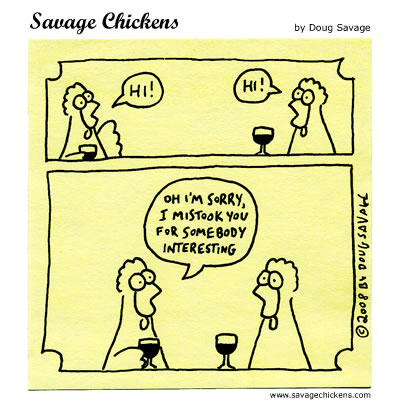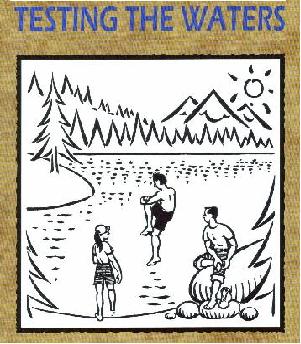Posted by zhayes9 on May 10th, 2010
Zach Hayes is a regular RTC writer and resident bracketologist. You can follow his sports-related thoughts at Twitter.
This past weekend, the NBA Draft early entry deadline came and went. With most of the incoming freshman having decided their destination next fall (looking at you Terrence Jones) and underclassmen making their final announcements about next year’s plans, we finally have a solid sense of how the rosters will shake out for the 2010-11 college basketball season. Sounds like a fantastic time for another top 25 to me. I did my best to project each team’s starting lineup (which of course could change with injuries, suspensions, academic ineligibility, etc. from now until November) and even strapped on some predictions at the end. Enjoy.
![14710060271_Duke_at_Boston_College[1]](http://rushthecourt.net/wp-content/uploads/2010/05/14710060271_Duke_at_Boston_College1.jpg)
1. Duke
Starting Lineup: G Kyrie Irving, G Nolan Smith, F Kyle Singler, F Mason Plumlee, F Miles Plumlee
The Blue Devils established themselves as the near-consensus top team as soon as Kyle Singler opted to return to Durham for another campaign. The losses of big bodies Lance Thomas and Brian Zoubek could leave them a bit thin up front and slightly vulnerable against sizable opponents like Kansas State (both will participate in the CBE Classic) or ACC foe Florida State, but Mason Plumlee is a tremendous candidate to break out in his sophomore season. Jon Scheyer is replaced at the point by who scouts are saying might be the best guard to ever come out of New Jersey in Kyrie Irving. Pair him with returnee Nolan Smith and the Blue Devils are a prime candidate to push the tempo this season. Singler and Smith are both definite ACC POY candidates and Irving is the biggest recruit for Coach K since Josh McRoberts. Seth Curry was a 20+ PPG scorer at Liberty in 2008-09 and should be the first guard off the bench, while Andre Dawkins gives Coach K a deadeye shooter for crunch time. This combination of talent plus a championship trophy from April equates to an easy #1 ranking in the preseason.
2. Michigan State
Starting Lineup: G Kalin Lucas, G Durrell Summers, F Draymond Green, F Delvon Roe, C Derrick Nix
The only contributing player missing from last year’s Final Four squad is Raymar Morgan, meaning Tom Izzo is primed for another run deep into March. There are question marks- the readiness of Lucas after his devastating Achilles injury, the focus of Summers for an entire season in a loaded conference and the health of Roe up front. If Lucas returns to form, he’s an All-America candidate, while wings Summers and Chris Allen can spring for six treys on any night. Draymond Green is a bulky point-forward with an improving mid-range jumper that makes him extremely difficult to guard. The bench should also be stellar with Allen, Korie Lucious- who garnered valuable experience in place of Lucas last March- and two highly regarded recruits in Adreian Payne and Keith Appling. As usual, Izzo chose to challenge his Spartans in the preseason. They’ll head to Maui, face Syracuse in the Jimmy V and also have the Big 10/ACC Challenge contest on the docket.
3. Purdue
Starting Lineup: G Lewis Jackson, G Kelsey Barlow, G E’Twaun Moore, F Robbie Hummel, C JaJuan Johnson
The most important announcement of this past weekend was the decision of both E’Twaun Moore and JaJuan Johnson to return for their final season in West Lafayette. Both players made the right call- Johnson isn’t strong or consistent enough for the NBA and Moore may have gone undrafted. Plus, the Boilers have a decent shot at bringing home a national title next April. Robbie Hummel is way ahead of schedule recovering from his knee injury and Lewis Jackson will have a full season to blossom without any foot injury hindrances. Matt Painter will miss the leadership and work of lockdown perimeter defender Chris Kramer, but there’s more than enough production on both ends to contemplate beating out Michigan State and Ohio State for a conference title. Look for Kelsey Barlow to step in at Keaton Grant’s spot in the lineup, but I also wouldn’t count out incoming freshman Terone Johnson earning substantial minutes.
4. Kansas State
Starting Lineup: G Jacob Pullen, G Rodney McGruder, F Dominique Sutton, F Curtis Kelly, F Jamar Samuels
I’m not trying to underestimate the value of Denis Clemente to the Wildcats, but Frank Martin’s team could be even better protecting the Octagon of Doom than last season. Nobody will be out-manning or out-working Kansas State on the boards this season. They feature an assembly line of big bodies that can dominate the backboards and score respectably with UConn transfer Curtis Kelly being the most skilled. Jacob Pullen enters his senior season as the frontrunner for Big 12 Player of the Year and could be a First Team All-American. Pullen has tremendous range on his jumper, but the blow-by-ability (h/t Clark Kellogg) is also sensational. Look for athletic freak Wally Judge to break out in a big way during his sophomore campaign.
![781100120030_Villanova_v_Rutgers[1]](http://rushthecourt.net/wp-content/uploads/2010/05/781100120030_Villanova_v_Rutgers1.jpg)
5. Villanova
Starting Lineup: G Maalik Wayns, G Corey Fisher, G Corey Stokes, F Antonio Pena, F Mouphtaou Yarou
I started this Top 25 thinking Villanova would be right around the #10-#13 range. After all, they lost clutch extraordinaire and four-year team leader Scottie Reynolds. But they kept moving up my rankings, mostly because I loved what I saw from Maalik Wayns in short spurts last season. He’s the next great Villanova guard and a clone of former Wildcat Kyle Lowry with even better passing ability. Corey Fisher is more than capable of running the Nova offense and could lead the Big East in free throws attempted. No guard duo will get to the line more often than Wayns and Fisher, plus Stokes provides a kick-out dimension for open threes. The frontline should be respectable led by much-improved Antonio Pena and the bench is capable with Dominic Cheek, Taylor King and Isaiah Armwood all bringing different facets to the table. Villanova is the best team in the Big East.
Read the rest of this entry »
| blogpoll
| Tagged: baylor, butler, byu, duke, georgetown, gonzaga, illinois, kansas state, kentucky, memphis, michigan state, missouri, north carolina, ohio state, pittsburgh, purdue, syracuse, temple, tennessee, unlv, utah state, villanova, virginia tech, washington, xavier
Share this story






























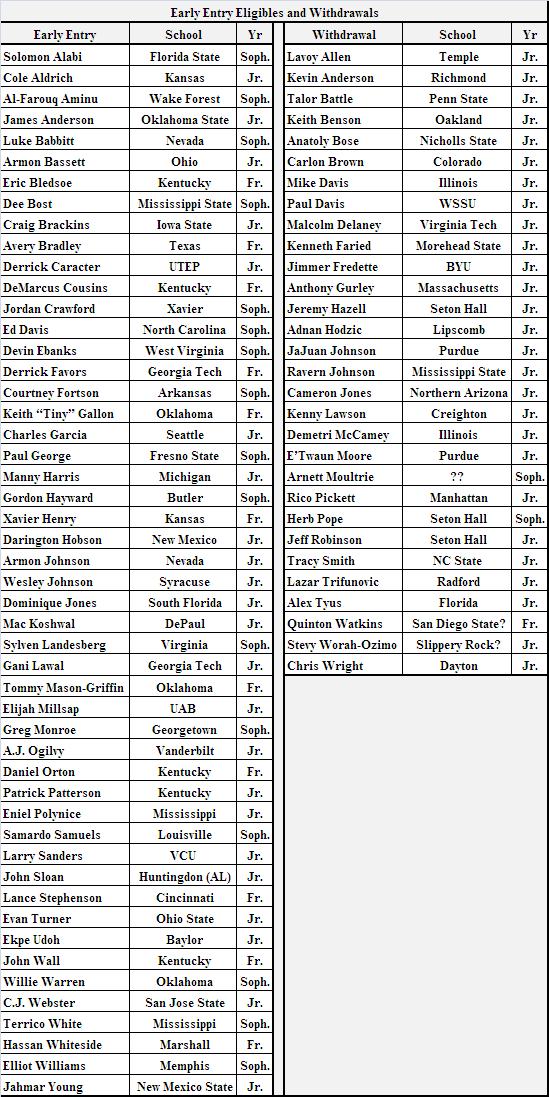
![14710060271_Duke_at_Boston_College[1]](http://rushthecourt.net/wp-content/uploads/2010/05/14710060271_Duke_at_Boston_College1.jpg)
![781100120030_Villanova_v_Rutgers[1]](http://rushthecourt.net/wp-content/uploads/2010/05/781100120030_Villanova_v_Rutgers1.jpg)
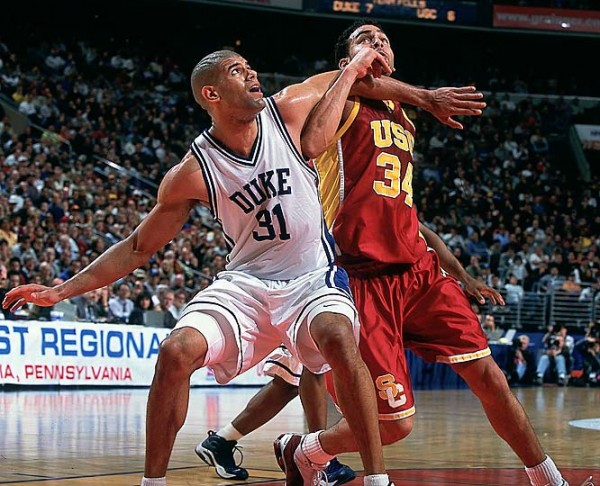
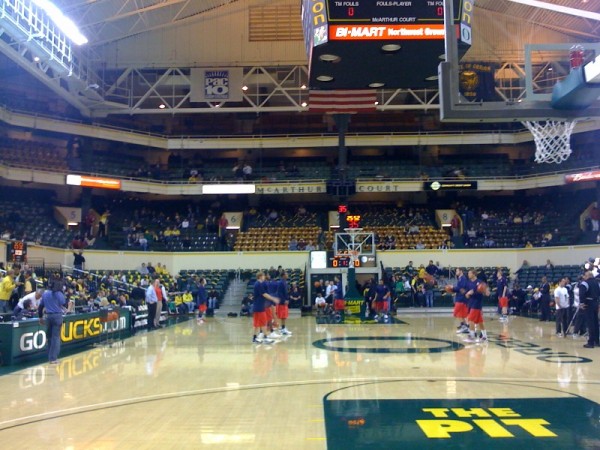
![2760812165213_Texas_Southern_at_Texas[1]](http://rushthecourt.net/wp-content/uploads/2010/05/2760812165213_Texas_Southern_at_Texas1.jpg)
